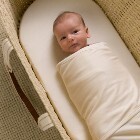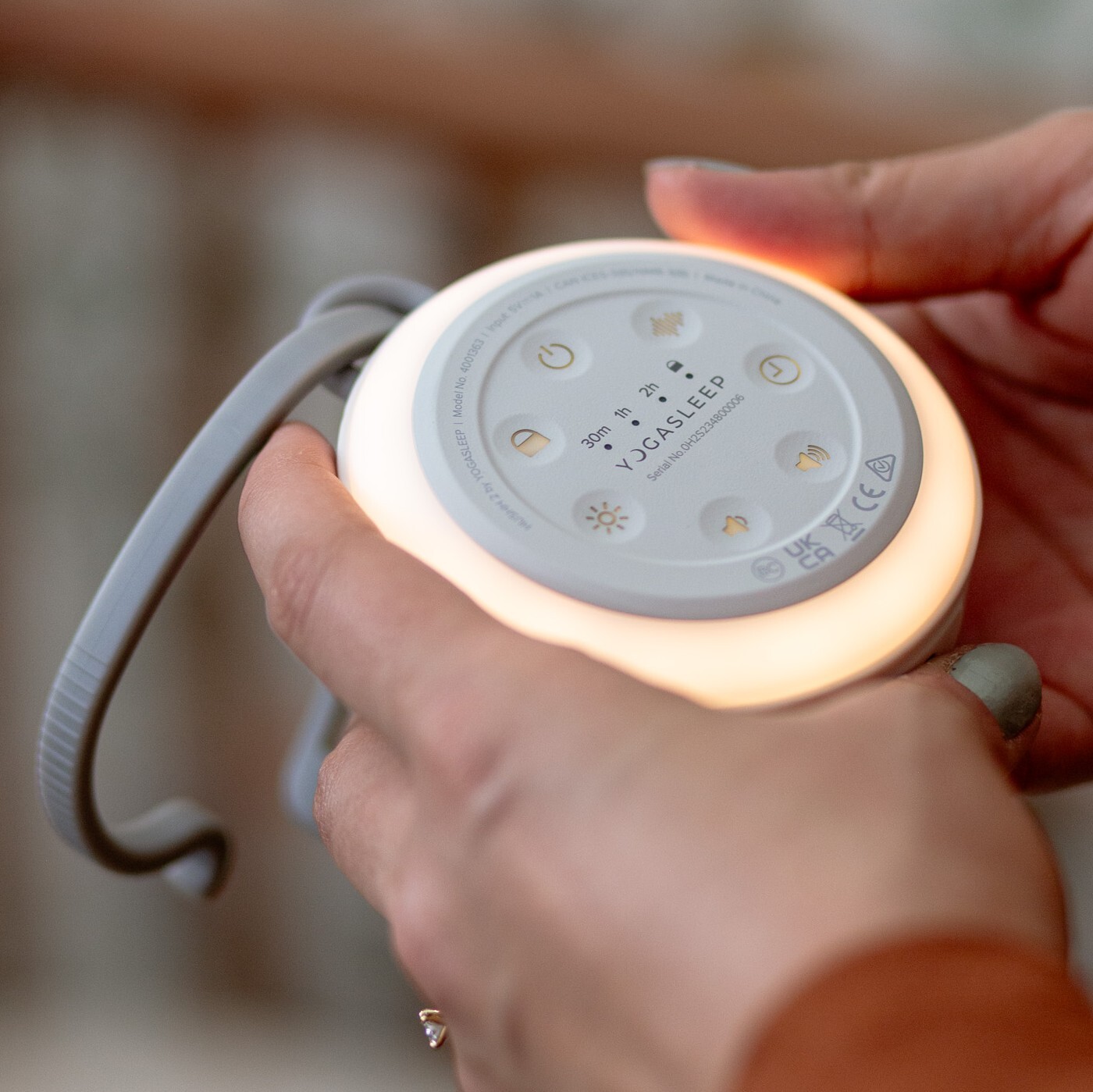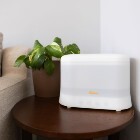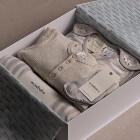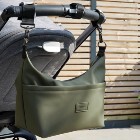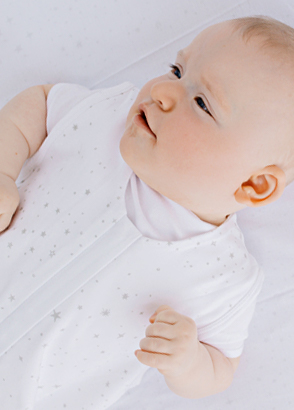Teaching your baby to self settle at bedtime can be one of the biggest challenges you will face with your baby's sleep. It is an essential step in your baby learning to sleep through the night.
Babies over 5 months always stir or wake at the end of each sleep cycle, and need to be able to resettle them self back to sleep each time in order to sleep through the night. Until your baby can fall asleep by herself, she will continue to wake crying in the night and need your help to fall back to sleep.
One of the key issues to address with self-settling is sleep associations. This means - what does your baby think she needs to fall asleep? If she has a sleep association that involves you, then she will think she needs YOU to fall back to sleep.
If you are currently feeding, rocking or holding your baby while she falls asleep, this is likely to be the main reason for any night-waking (ie inability to get back to sleep without help), as your baby has a sleep association that needs you there.
For example, if you feed a six month old baby to sleep, you reinforce to your baby that she can't fall asleep unless she is fed to sleep. As she gets older, she is likely to be catnapping during the day and also waking every 2 hours during the night. As long as you continue to settle her by feeding her, she will continue in this pattern of night-waking.
This can also be the case if your baby has a dummy and is waking lots of times in the night. Some babies can use a dummy to fall asleep at bedtime and then resettle themselves during the night. Some babies however have such a strong sucking association with their dummy that they need the dummy at the end of every sleep cycle to fall back to sleep. By getting up and replacing the dummy, you reinforce that your baby needs the dummy to fall asleep. The solution is to either get rid of the dummy or teach your baby to put the dummy in for herself, which babies can learn over about 5 month of age.


